
Green City Energy Simulation
Understanding the interactions of distributed energy system components and algorithms is essential for our future
Green City Library simulates all the energy systems you can imagine
Green City is your simulation library for energy systems interaction in Modelica-SimulationX. It is the tool for energy engineers to understand, analyze and test their designs.
With power plants, storage & distribution systems and consumers it contains all the models you need. Use this power to dynamically simulate the system concept and energy management algorithms.
Ready-to-use, flexible and extensible.
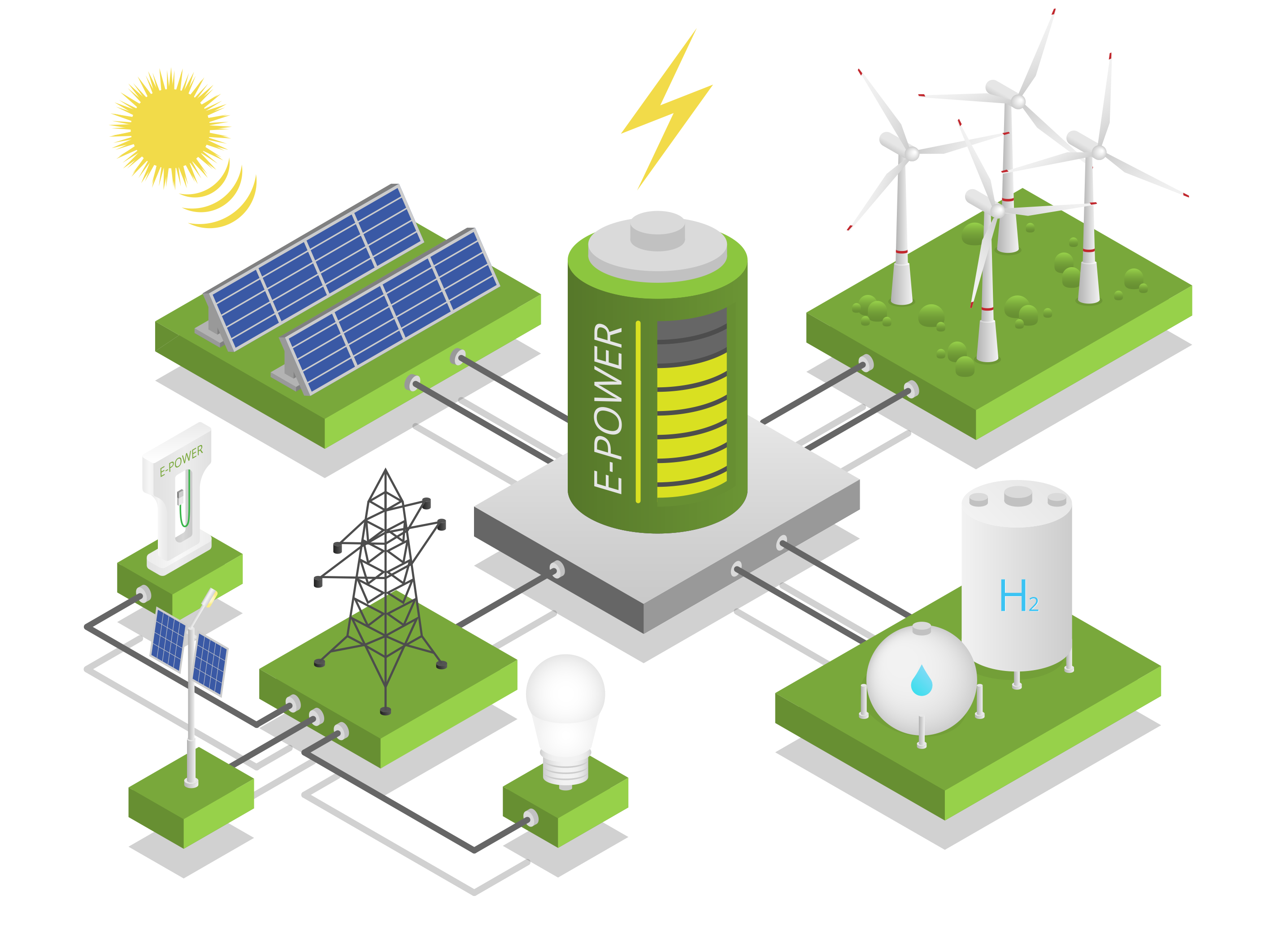
Your benefits of using Green City
Significantly speed up your planning process with Green City. Develop efficient and reliable system designs. Control your investment and operational costs.
Optimization of efficiency and operating costs
Quantitative evaluation of multivalent influencing factors
Variant studies and What-if analysis
Risk-free system evaluation for control strategies
Typical Tasks Where Green City Helps Our Customers
- Design & Evaluation of interconnected energy systems (generator – storage – consumer)
- Optimization of control functions in energy systems
- Analyzing of sector coupling (heating/cooling – electrical energy – mobility)
- Studying the interaction between energy supply and mobility requirements
- Model-predictive control
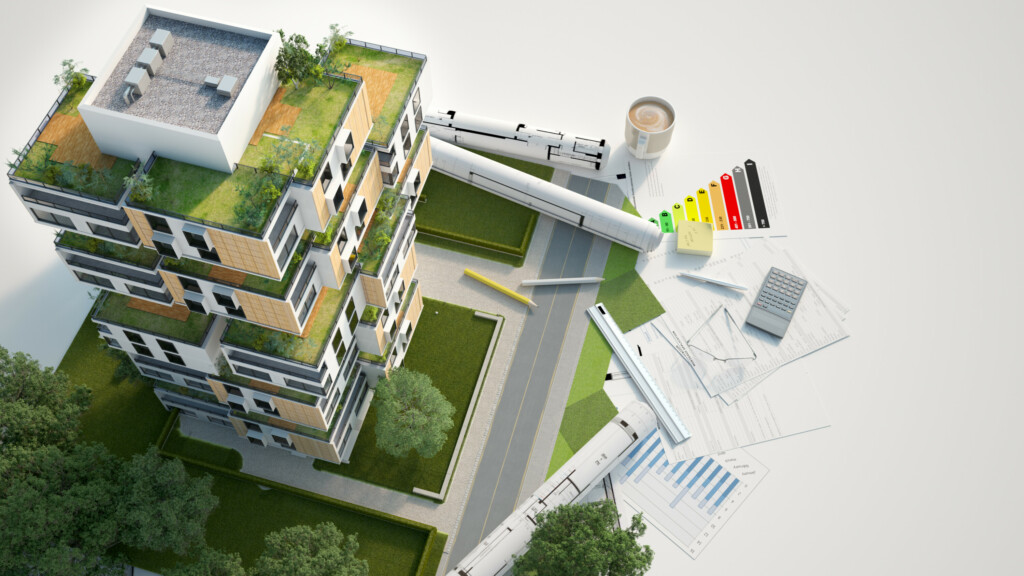
Simulation Models
The Green City Library contains our technical Know-How and more than 15 years of experience in energy systems simulation. We continuously improve it to provide the best results for state-of-the-art consulting to our customers.
Some of the available component models:
- Renewable Energies (Solar, Wind, Biogas and more)
- Energy storages
- Heat Pumps
- Controller
- HVAC
- E-Mobility, Charging Stations and Vehicles
- Hydrogen
- Grids
- Global Weather Data
- Heat Exchangers, CoolingTower, Ground Collector
- Cost Calculation
Example model of a single family home with heat pump, photovoltaics, storage, wind generator, electric vehicle and stationary battery
Green City Extensions
To solve even more problems, Green City has available extensions for your use cases. These extensions allow a more detailed evaluation of specific energy systems. Many of our customers also use private extensions covering their special tasks and IP.
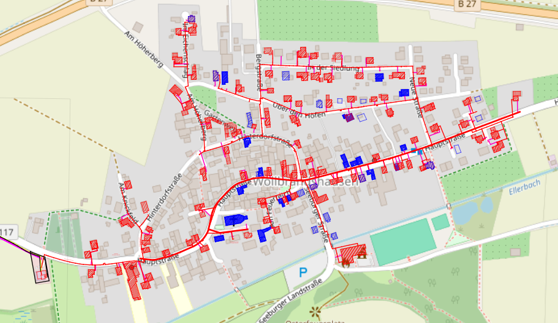

What makes Green City outstanding?
The practical application of the Green City Library means that it is constantly reviewed and tested by trained engineers.
Practical Orientation
Interdisciplinarity
Ready-to-use and Pre-Parameterized
Flexible and Extensible
Use Cases
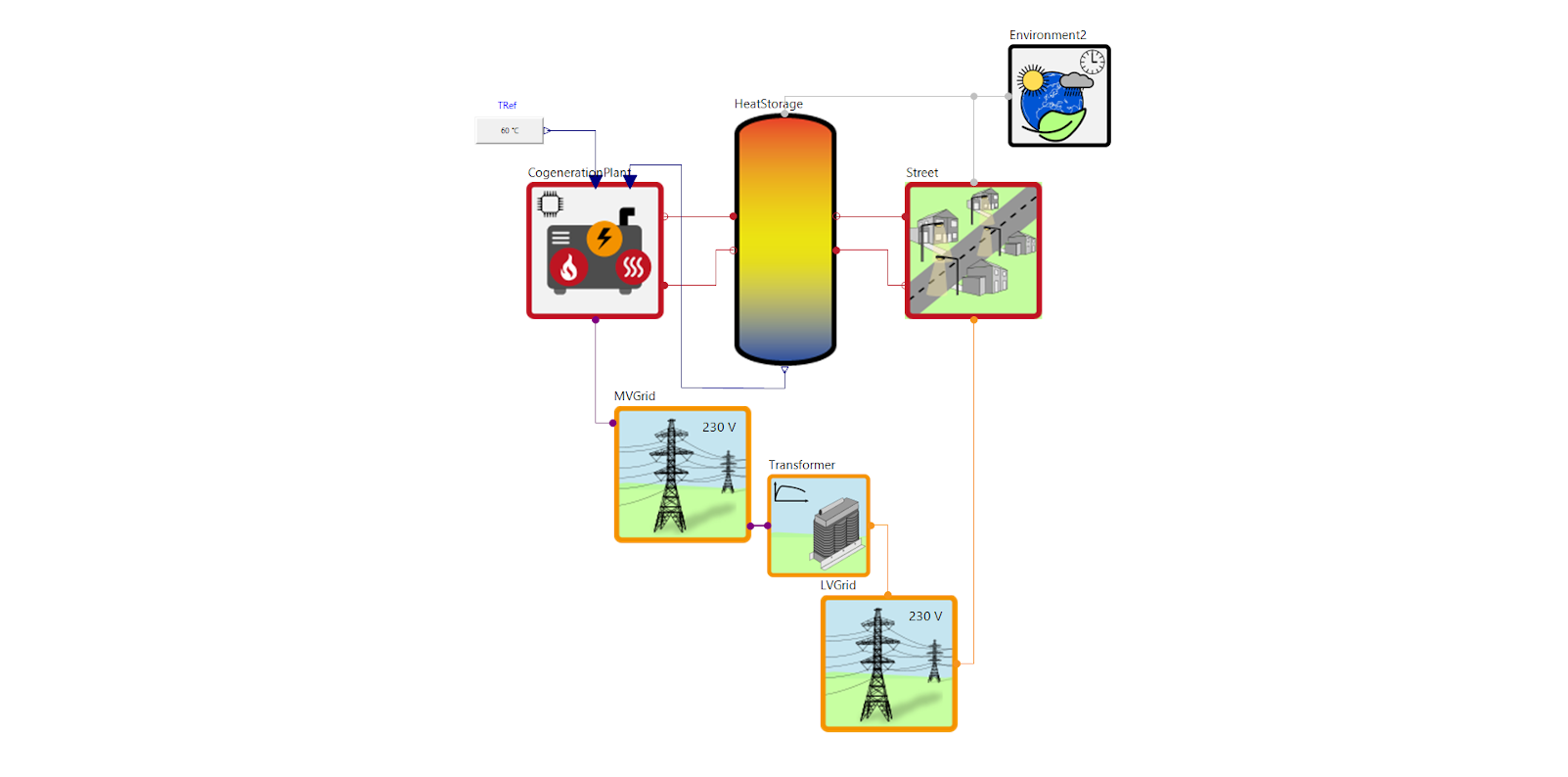
Combined Heat And Power Plant For A Building District
The model shows a simplified heat, warm water and electrical energy consumer which is supplied by a combined heat and power plant. The consumption is defined via time-tables. A heat storage serves to buffer load peaks. It can be observed in the simulation, that the power plant cannot continuously meet the electrical load without electrical energy storage.
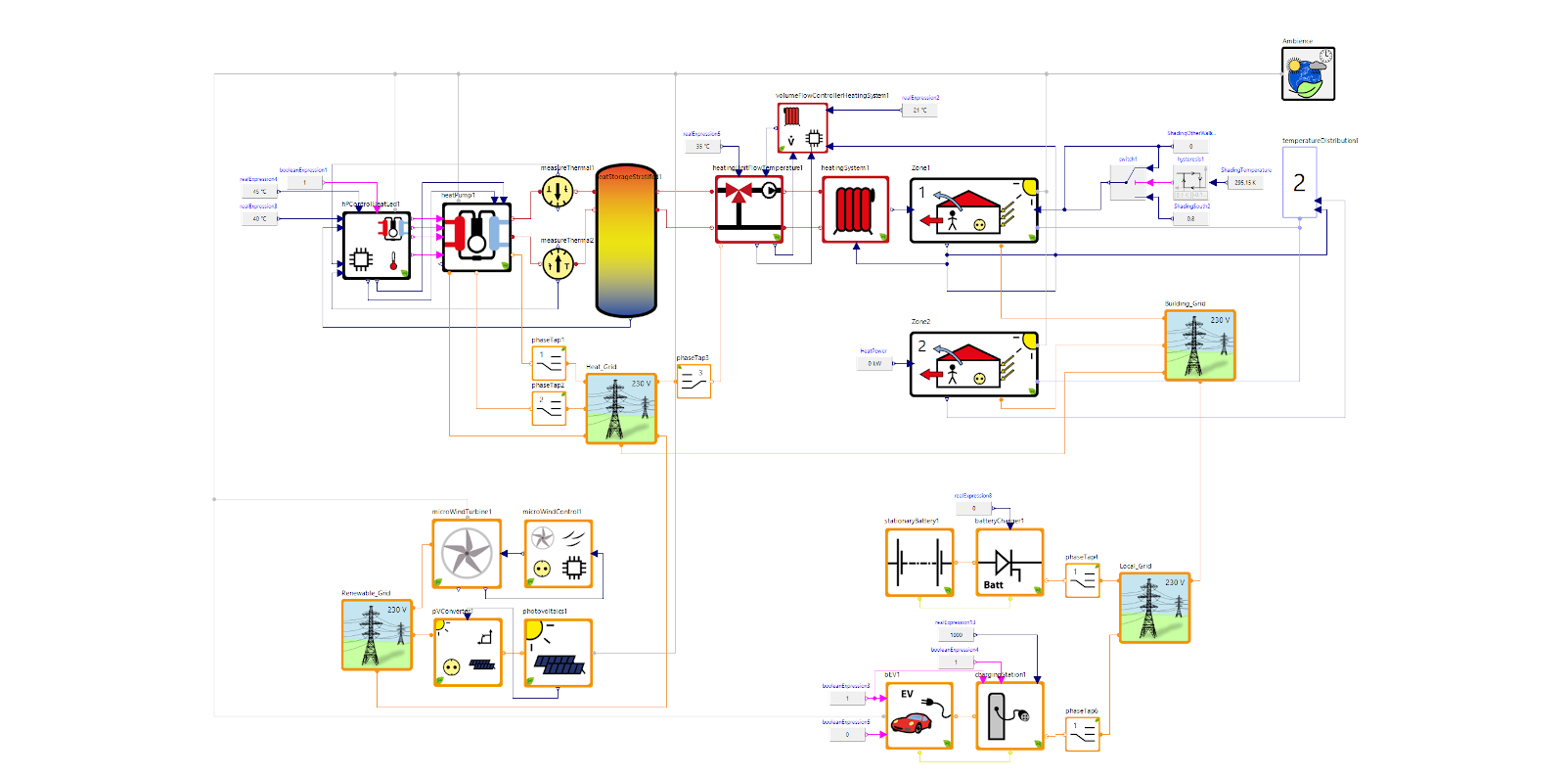
Multi-Zone Building With Electrical Vehicles
Model of a building with 2 thermal zones and an electric vehicle including its own charging station and battery. The model calculates the thermal behaviour of the building through the balance of all heat quantities (transmission, internal loads, solar radiation). Electrical power is provided by a photovoltaic system and a small wind power plant. An air/water heat pump provides the building with heat.
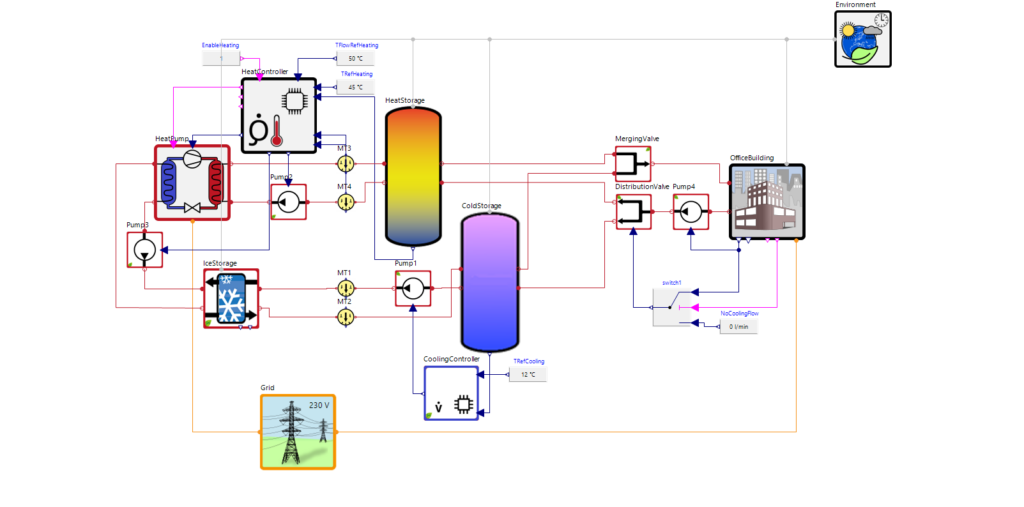
Office Building With Ice Storage
The model contains an office building with a heating and a cooling load. A heat pump produces heat, which is stored in the heat storage, as well as cold which is used for the building cooling load. The cooling energy is stored in an ice storage for seasonal storage and in a cold storage for short-term use.
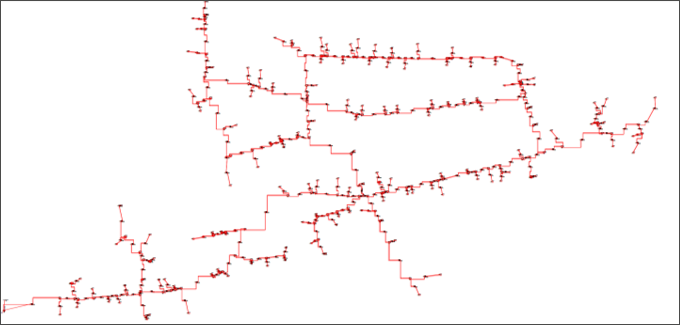
District Heating Grid
The model represents a district heating grid with all pipes, house connection stations and heat generators. The thermal and hydraulic properties of each component can be simulated in the grid, enabling analysis and optimization of critical grid nodes over the course of a year. This detailed grid model serves as the foundation for all further transformations towards a sustainable district heating grid.